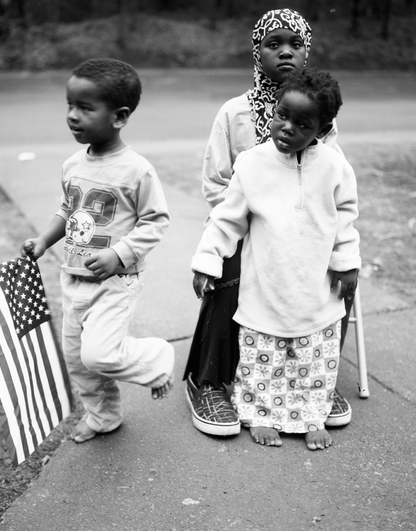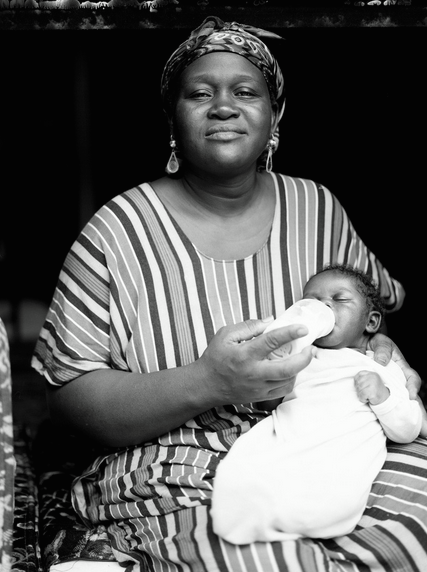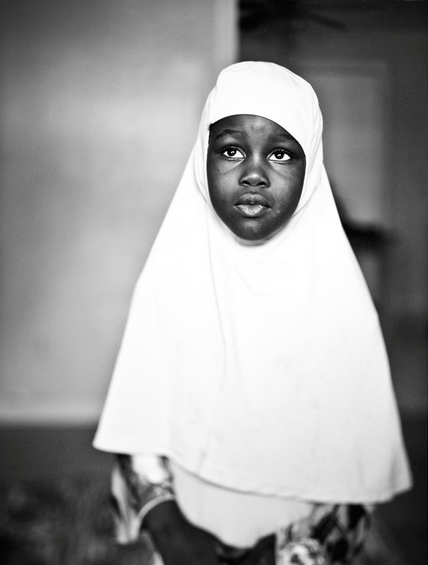You are here
Resettling in America: Georgia's Refugee Communities
 In an increasingly globalized society with widespread travel and migration, the work of the U.S. Centers for Disease Control and Prevention (CDC) has become progressively focused on the health of refugee populations. CDC protects the health of Americans by promoting and improving the health of refugees, immigrants, and migrants who are coming to the United States. The refugee experience encompasses several fields of public health, including epidemiology, disease surveillance, basic health services and research.
In an increasingly globalized society with widespread travel and migration, the work of the U.S. Centers for Disease Control and Prevention (CDC) has become progressively focused on the health of refugee populations. CDC protects the health of Americans by promoting and improving the health of refugees, immigrants, and migrants who are coming to the United States. The refugee experience encompasses several fields of public health, including epidemiology, disease surveillance, basic health services and research.

On July 13, the David J. Sencer CDC Museum debuted a new exhibit entitled Resettling in America: Georgia’s Refugee Communities, featuring powerful documentary photography from Atlanta-based photographer Bryan Melz.
The exhibit features imagery showing refugees of all ages as they build new lives, identities and a sense of community, as well as the community-based, non-profit organizations that work to support them.

In addition to photographs, the exhibit explores the resiliency of the refugee community in metropolitan Atlanta, including Clarkston, Georgia. A suburb of Atlanta, Clarkston has the highest refugee resettlement rates in the area.
The David J. Sencer CDC Museum is free and open to the public. Please note that a driver’s license or passport is required for entry, as well as a vehicle inspection. Resettling in America: Georgia’s Refugee Communities runs from July 13 through December 31, 2015.
Special curator tours will take place on July 22, August 12 and August 26 and are limited to 20 people per tour. Reservations are required and interested parties should RSVP to museum@cdc.gov.
